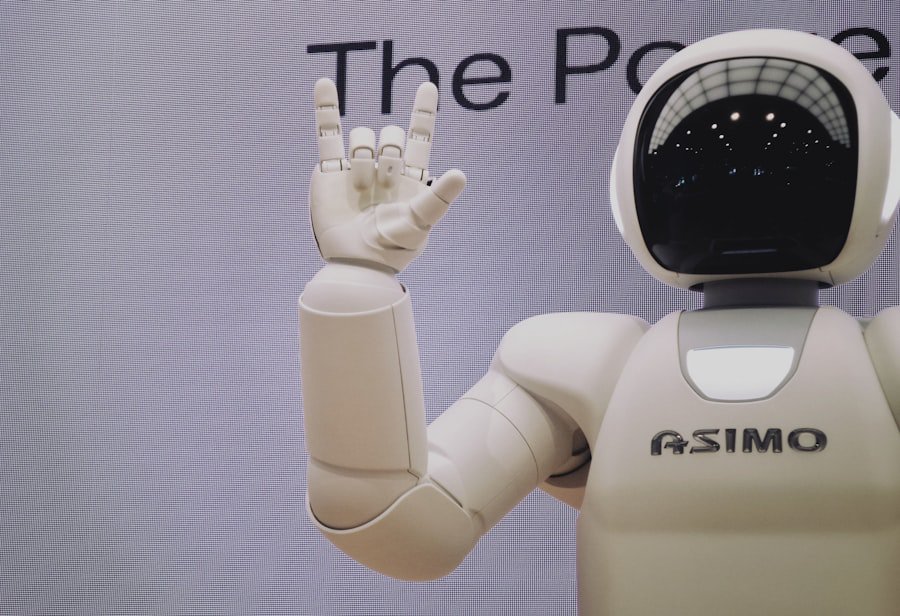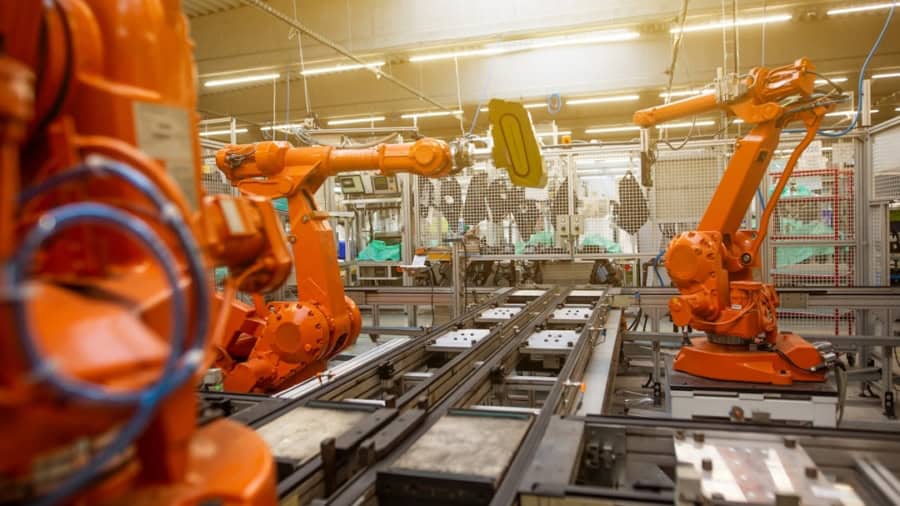The maintenance of satellites in orbit is a critical aspect of modern space operations, ensuring that these complex machines continue to function effectively over their intended lifespans. As satellites become increasingly integral to various sectors, including telecommunications, weather forecasting, and global positioning systems, the need for maintenance has grown. Traditionally, once a satellite is launched into space, it is expected to operate autonomously until the end of its mission.
However, as technology advances and the demand for continuous service increases, the concept of in-orbit maintenance has gained traction. In-orbit maintenance encompasses a range of activities designed to extend the operational life of satellites, repair malfunctions, and upgrade systems without the need for a costly and time-consuming return to Earth. This can involve everything from software updates to physical repairs.
The challenges associated with maintaining satellites in the harsh environment of space are significant, including exposure to radiation, micrometeoroids, and the vacuum of space. As a result, innovative solutions are required to address these challenges effectively, leading to the exploration of robotic technologies as a viable option for satellite maintenance.
Key Takeaways
- Satellite maintenance in orbit is crucial for ensuring the longevity and functionality of satellites in space.
- Robotics play a significant role in satellite maintenance by performing tasks such as repairs, refueling, and inspection.
- Using robotics for satellite maintenance offers advantages such as cost-effectiveness, efficiency, and reduced risk to human operators.
- However, there are challenges and limitations to robotic satellite maintenance, including the complexity of tasks and the need for advanced technology.
- Different types of robotics, such as robotic arms and autonomous spacecraft, are used for satellite maintenance tasks in space.
The Role of Robotics in Satellite Maintenance
Enhancing Efficiency and Reducing Risks
Robotics plays a pivotal role in the future of satellite maintenance, offering solutions that can enhance efficiency and reduce risks associated with human intervention in space. Robotic systems can be designed to perform a variety of tasks that would be difficult or impossible for astronauts to execute in the challenging conditions of low Earth orbit. These tasks can include inspecting satellite components, conducting repairs, and even replacing parts that have become obsolete or damaged over time.
Remote Operations for Real-Time Responses
One of the most significant advantages of using robotics for satellite maintenance is the ability to conduct operations remotely. Robotic systems can be controlled from Earth or programmed to operate autonomously, allowing for real-time responses to issues as they arise. This capability is particularly important given the long lead times and high costs associated with launching human missions for maintenance purposes.
Ensuring Satellite Functionality and Relevance
By utilizing robotic systems, satellite operators can ensure that their assets remain functional and relevant without the need for extensive human involvement.
Advantages of Using Robotics for Satellite Maintenance

The advantages of employing robotics in satellite maintenance are manifold. First and foremost, robotic systems can significantly reduce operational costs. The expense associated with sending humans into space is astronomical, not only due to the cost of launch but also because of the extensive training and support required for astronauts.
In contrast, robotic systems can be designed and built with a focus on specific maintenance tasks, allowing for more cost-effective solutions that do not require the same level of logistical support. Moreover, robotics can enhance safety during maintenance operations. Human spaceflight is fraught with risks, including exposure to radiation and the potential for equipment failure during extravehicular activities (EVAs).
By utilizing robots, these risks can be mitigated, as machines can operate in environments that would be hazardous for humans. For instance, if a satellite experiences a malfunction due to micrometeoroid damage, a robotic system can be deployed to assess and repair the damage without putting human lives at risk.
Challenges and Limitations of Robotic Satellite Maintenance
Despite the numerous advantages that robotics offers for satellite maintenance, there are also significant challenges and limitations that must be addressed. One primary concern is the complexity of designing robotic systems that can operate effectively in the unique environment of space. The vacuum of space presents challenges such as temperature extremes and radiation exposure that must be accounted for in the design process.
Engineers must ensure that robotic components are resilient enough to withstand these conditions while still being capable of performing intricate tasks. Another challenge lies in the communication latency between Earth and orbiting satellites. The time it takes for signals to travel between ground control and a satellite can introduce delays in command execution.
This latency can complicate real-time operations and make it difficult for operators to respond quickly to unexpected issues. Additionally, if a robotic system encounters an unforeseen problem during a maintenance operation, it may require human intervention or troubleshooting that cannot be performed remotely due to these delays.
Types of Robotics Used in Satellite Maintenance
Various types of robotic systems are being developed and utilized for satellite maintenance tasks, each designed with specific capabilities tailored to meet the demands of space operations. One prominent category is robotic arms, which are often equipped with specialized tools for performing repairs or conducting inspections. These arms can be mounted on satellites or on servicing vehicles designed specifically for maintenance missions.
Another type of robotic system used in satellite maintenance is autonomous drones or spacecraft equipped with advanced navigation and imaging technologies. These systems can perform inspections by capturing high-resolution images or data about a satellite’s condition without direct human control.
They can navigate around satellites using sophisticated algorithms that allow them to avoid obstacles and adjust their paths based on real-time data. Such capabilities are essential for assessing damage or wear on satellite components.
Examples of Successful Robotic Satellite Maintenance Missions

Successful Servicing Missions
Several successful missions have demonstrated the effectiveness of robotic systems in satellite maintenance. One notable example is the servicing missions conducted by NASA’s Space Shuttle program, particularly the Hubble Space Telescope (HST) servicing missions. During these missions, astronauts utilized robotic arms to perform repairs and upgrades on HST while it was in orbit.
Pioneering Debris Removal Technologies
Another significant milestone was achieved with the European Space Agency’s (ESA) RemoveDEBRIS mission, which successfully tested various technologies aimed at debris removal from orbit. The mission included a demonstration of a net-capturing system designed to ensnare defunct satellites or debris pieces using a robotic mechanism.
A Dual Role for Robotics in Space
These missions highlighted not only the potential for robotic systems in maintenance but also their role in addressing the growing issue of space debris.
Future Developments in Robotic Satellite Maintenance
Looking ahead, advancements in robotics are expected to revolutionize satellite maintenance further. One area of focus is the development of more sophisticated artificial intelligence (AI) systems that can enhance autonomous operations. By integrating AI into robotic systems, operators could enable machines to make real-time decisions based on sensor data and environmental conditions, reducing reliance on ground control for routine tasks.
Additionally, there is ongoing research into modular robotic systems that can adapt to various maintenance scenarios. These systems could be designed with interchangeable components that allow them to perform different tasks depending on the specific needs of a satellite at any given time. Such flexibility would enable more efficient use of resources and reduce downtime for satellites requiring maintenance.
The Impact of Robotics on Satellite Maintenance
The integration of robotics into satellite maintenance represents a transformative shift in how we approach the upkeep and longevity of space assets. As satellites become increasingly vital to our daily lives and global infrastructure, ensuring their operational integrity through innovative solutions like robotics will be paramount. The ability to conduct repairs and upgrades remotely not only enhances safety but also significantly reduces costs associated with human spaceflight.
As technology continues to evolve, we can expect even more sophisticated robotic systems capable of performing complex tasks autonomously in orbit. The future holds great promise for enhancing our capabilities in satellite maintenance through robotics, ultimately leading to more resilient and sustainable space operations. The impact of these advancements will resonate across various sectors reliant on satellite technology, paving the way for a new era in space exploration and utilization.
A related article to How Robotics Enhances Maintenance of Satellites in Orbit is “The Ultimate Collection of 2023’s Best Notion Templates for Students” which discusses various templates that can help students stay organized and productive. To read more about this topic, check out the article here.
FAQs
What is the role of robotics in maintaining satellites in orbit?
Robotics plays a crucial role in maintaining satellites in orbit by performing tasks such as repairs, upgrades, and inspections without the need for human intervention.
How do robots enhance the maintenance of satellites in orbit?
Robots enhance satellite maintenance by providing precise and efficient maneuverability, accessing hard-to-reach areas, and conducting complex tasks with high accuracy.
What are the benefits of using robotics for satellite maintenance?
Using robotics for satellite maintenance reduces the need for costly and risky manned missions, increases the lifespan of satellites, and allows for timely and proactive maintenance.
What types of robots are used for satellite maintenance?
Various types of robots are used for satellite maintenance, including robotic arms, autonomous spacecraft, and specialized repair and inspection robots designed for the unique challenges of space.
How does robotics technology continue to advance in satellite maintenance?
Advancements in robotics technology for satellite maintenance include improved autonomy, artificial intelligence, and the development of specialized tools and equipment for specific maintenance tasks.

